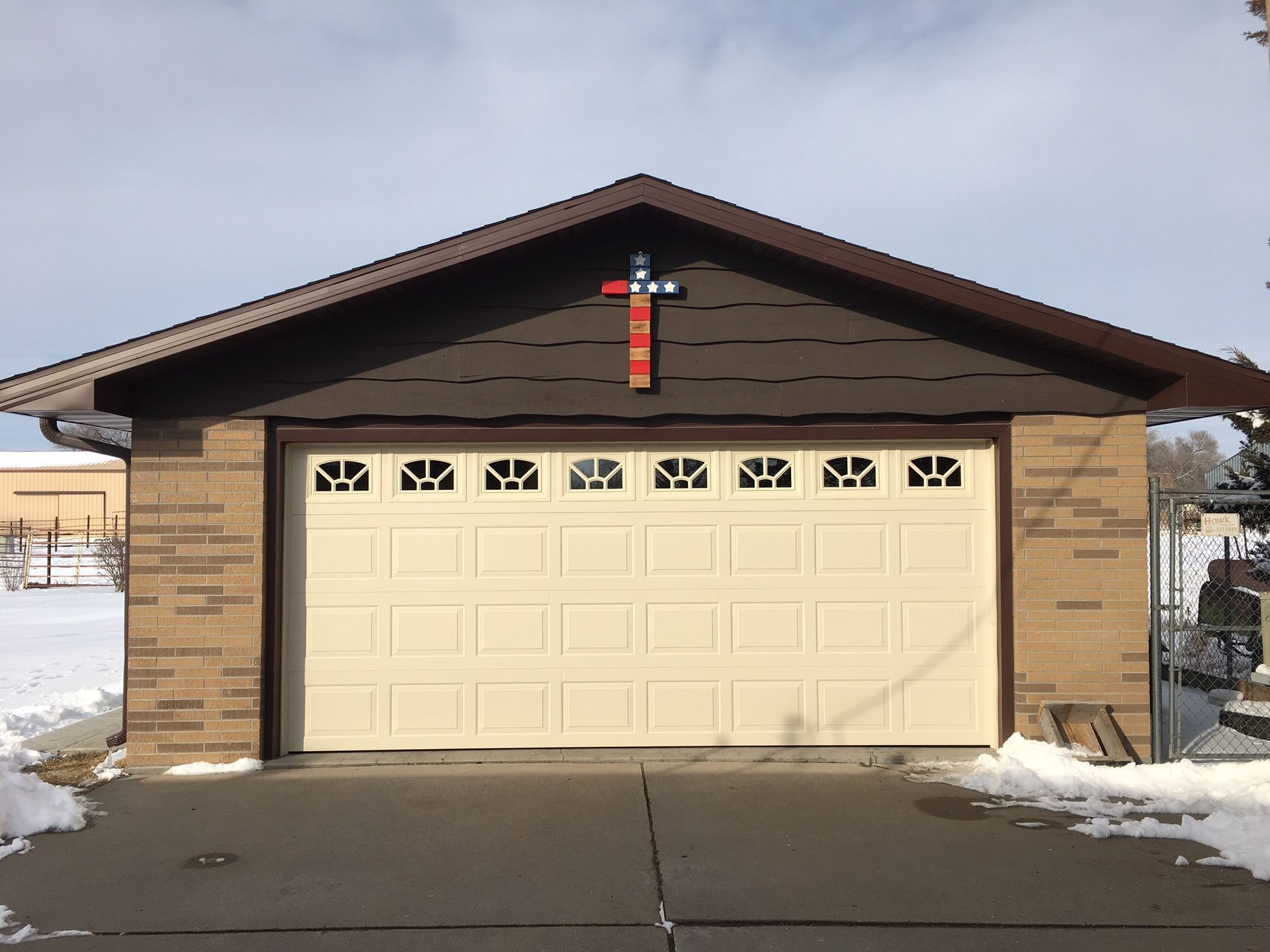Your roof color isn’t just for curb appeal—it has practical implications for your home’s energy efficiency and comfort. Here’s how to choose the best roof color based on your climate.
Understanding How Roof Color Affects Heat Absorption
Roof color is a major factor in heat absorption. Dark roofs, such as black, absorb heat, increasing the temperature on the roof’s surface and warming your home. White roofs reflect sunlight, keeping your home cooler and easing the load on your air conditioning.
Climate Considerations: When to Go Light or Dark
The best roof color for your home depends on your local climate conditions:
- Tropical Climates: Opt for white or lighter roofs to reflect heat, lower indoor temperatures, and save on cooling costs.
- Cold Climates: Darker roofs can help absorb sunlight, retaining warmth and reducing heating bills.
- Moderate Climates: In moderate climates, a neutral or slightly darker shade may be the best option, depending on your insulation and overall energy needs.
How Roof Colors Affect Energy Efficiency and the Urban Heat Island Effect
White roofs are especially effective in reducing the urban heat island effect—where city areas experience higher temperatures due to dark surfaces like asphalt and roofs. By reflecting sunlight, white roofs can contribute to cooler city temperatures and lower energy consumption on a larger scale.
Expert Tips from Weathercraft on Selecting Roof Colors
Here are some key factors to consider when choosing your roof color:
- Weather Conditions: Keep your local climate in mind when choosing a roof color.
- Roof Material Compatibility: Make sure your roofing material works well with the color you choose.
- Visual Appeal: Complement your home’s exterior for a cohesive look.
- Cost-Effectiveness: Balance upfront costs with energy savings over time.
At Weathercraft, we guide homeowners in choosing the ideal roof color and material to suit their needs and budgets.
